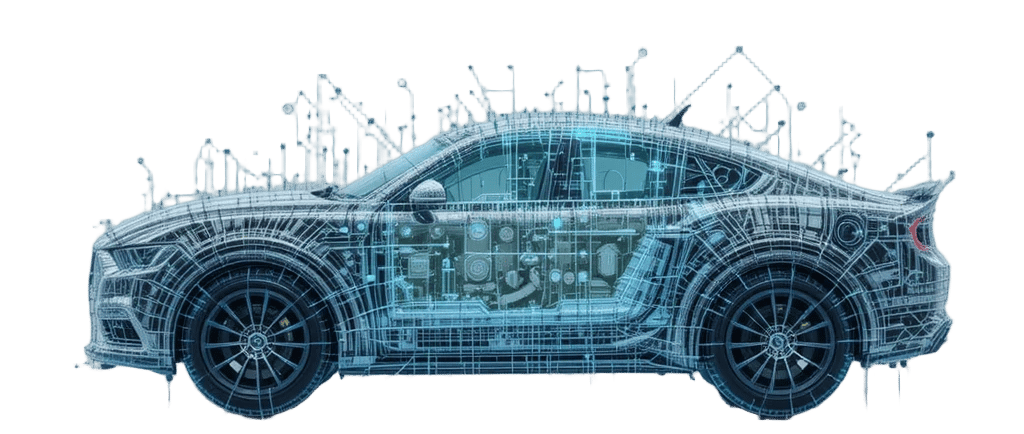Automotive Software Troubleshooting: From Diagnosis to Reprogramming
An introductory article about software fault maintenance in cars
2/2/20252 min read


Automotive Software Troubleshooting: From Diagnosis to Reprogramming
Modern cars increasingly rely on complex electronic control systems, which are managed by advanced software. This development, while improving the performance and safety of the car, complicates the maintenance process of faults. Mechanical faults are no longer the only ones that cars face, but software faults have emerged that require specialized skills and expertise to diagnose and treat.
Diagnosis and analysis stage:
The software troubleshooting process begins with accurately diagnosing the problem. Software bugs usually appear through:
* Dashboard warning indicators: These indicators indicate a problem with one of the vehicle's systems, and may include codes or text messages.
* Vehicle function malfunctions: The problem may manifest itself in the malfunction of some features, or their incorrect operation, such as the navigation system, the audio system, or the climate control system.
* Decreased vehicle performance: A software malfunction may lead to decreased engine performance, increased fuel consumption, or problems with the brake system.
After noticing the symptoms, the technician resorts to using advanced diagnostic devices, such as a fault code reader (OBD-II scanner), to read from the vehicle's electronic control unit (ECU). This unit contains a record of the malfunctions that occurred, and the code reader can decode these codes to determine the source of the problem.
Check the problem and determine its cause:
Reading fault codes alone is not enough to accurately determine the cause of the problem. The technician needs to analyze the data extracted from the ECU, compare it to reference data, and check the integrity of the wiring and electrical connections. This may require a thorough software check, and checking for available software updates.
When does a vehicle need to be reprogrammed?
The vehicle needs to be reprogrammed in the following cases:
* Specific software malfunction: In some cases, the malfunction is caused by an error in the software itself, and requires reprogramming the electronic control unit (ECU) to fix it.
* Software updates: Car companies periodically issue software updates to improve the car's performance, fix some security vulnerabilities, or add new features.
* Replacing an electronic control unit: In the event of replacing a damaged electronic control unit, it must be reprogrammed to be compatible with the rest of the car's systems.
* Modifying the car's programming: In some cases, car owners may want to modify the car's programming to improve its performance, or to change some of its features, and this requires high expertise and extreme precision.
Reading codes and knowing the faults:
Reading fault codes is an essential step in diagnosing software faults. These codes indicate specific problems with the vehicle’s systems, and help the technician pinpoint the source of the fault faster and more accurately. However, as mentioned earlier, reading the codes alone is not enough to fully diagnose the problem, and must be combined with a thorough vehicle inspection and data analysis.
Conclusion: Software troubleshooting is a new challenge in the world of automotive maintenance. This process requires high expertise in using advanced diagnostic equipment, and a deep understanding of the car’s electronic control systems. As cars become increasingly software-dependent, these skills will become increasingly important in the coming years.
Center Services
Car Showrooms - Abu Hadriya Road - Behind Civil Defense - Dammam
Car One Vehicle Services Center
The site was developed by: Dr. Mohamed Ismail Hassan
Center Packages
Links
Contact us




All rights reserved to Hawafez Altamayuz Company 2024
